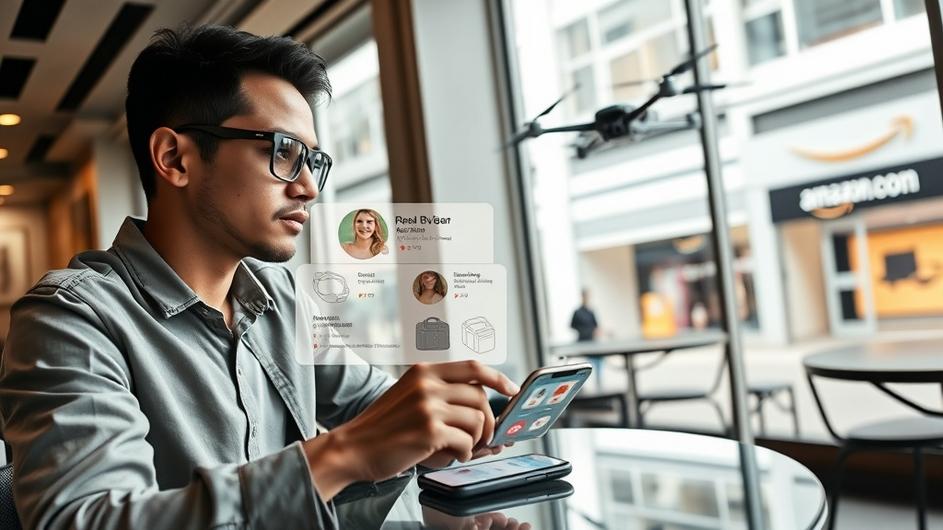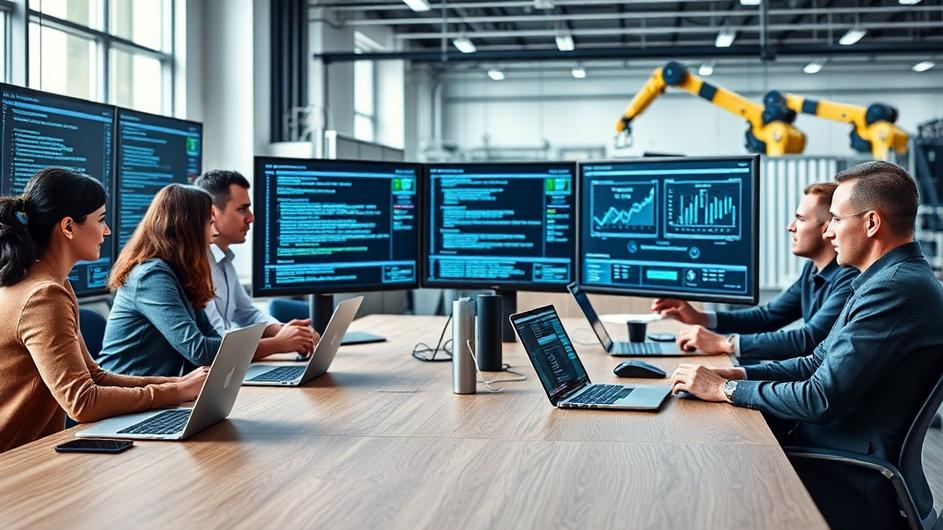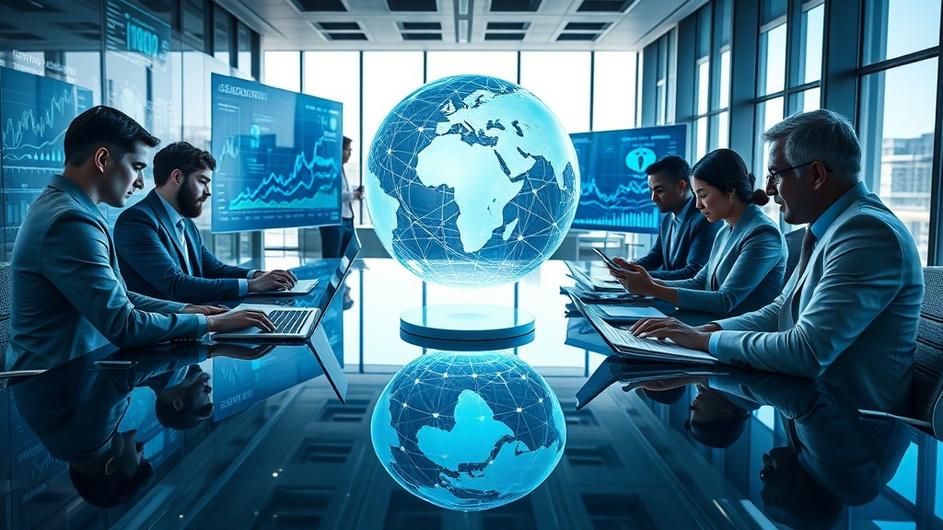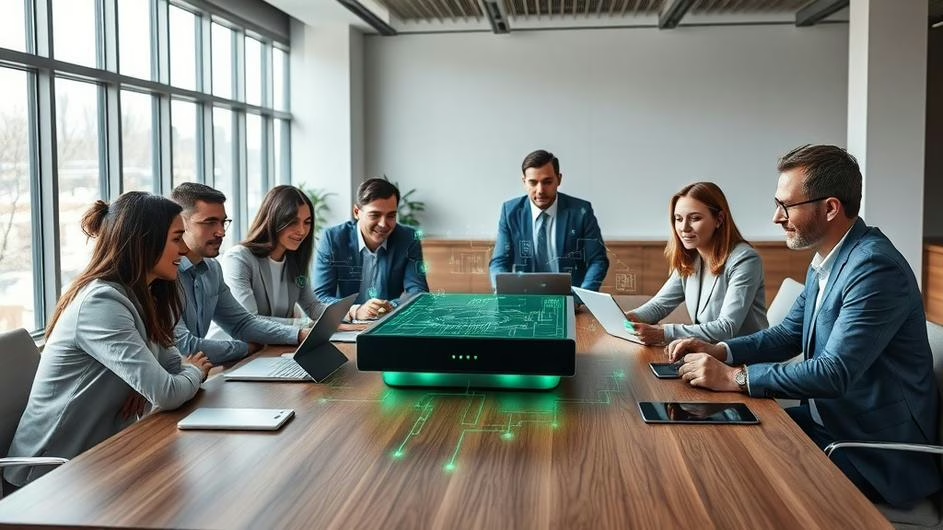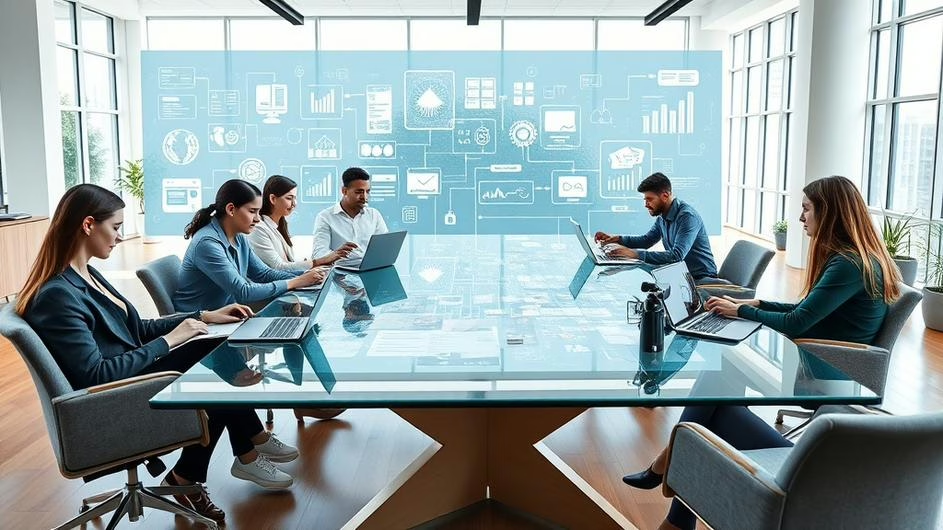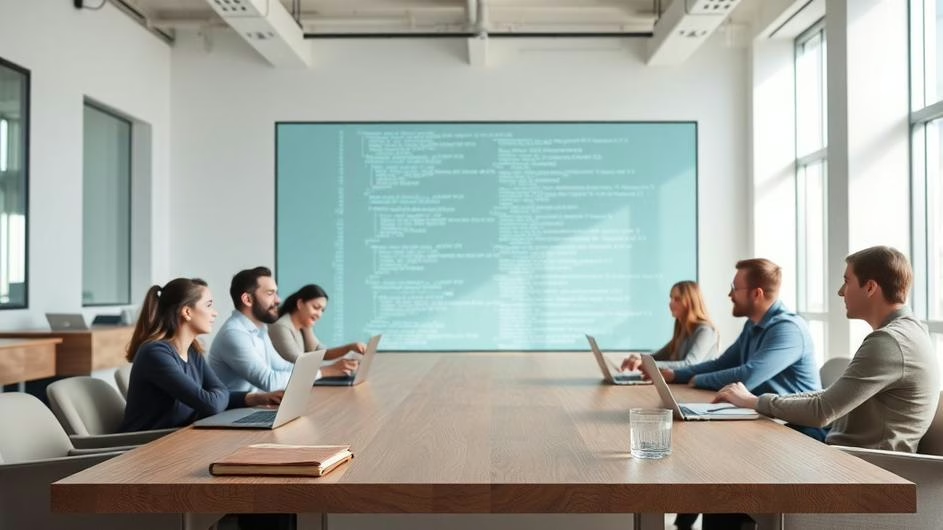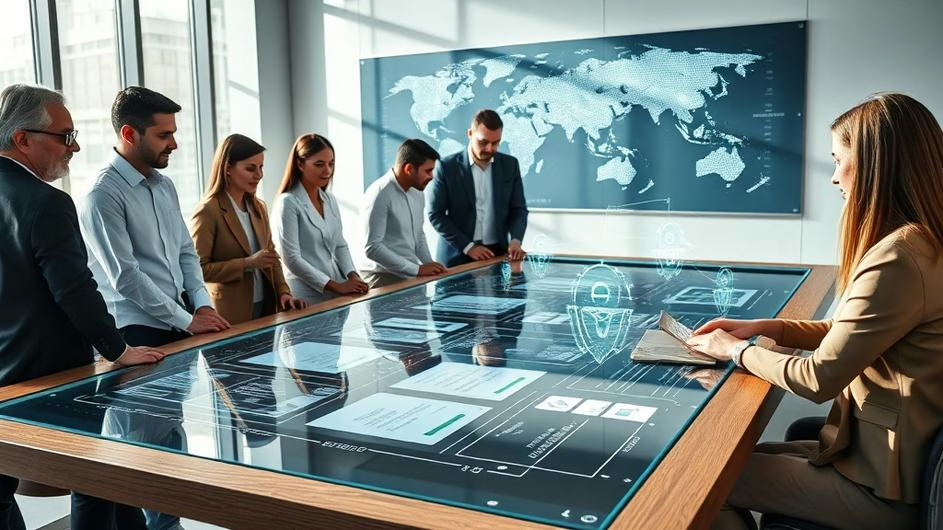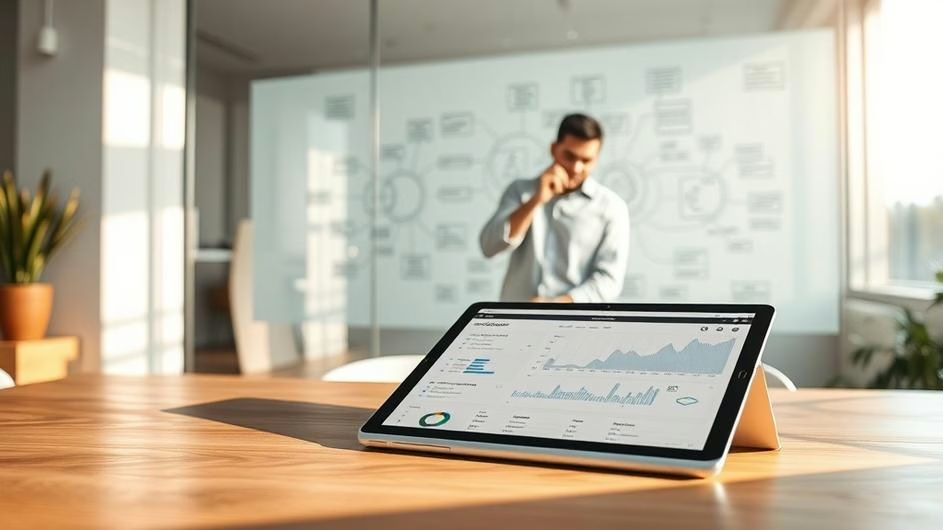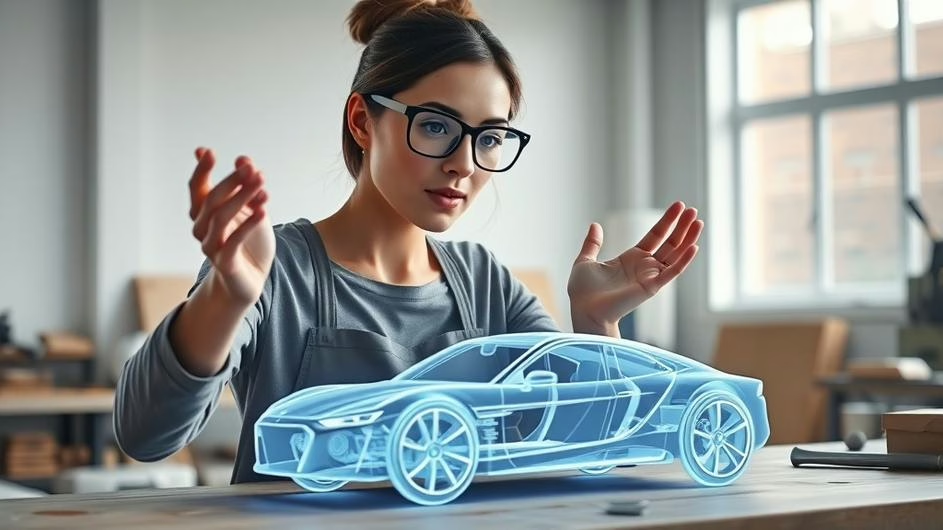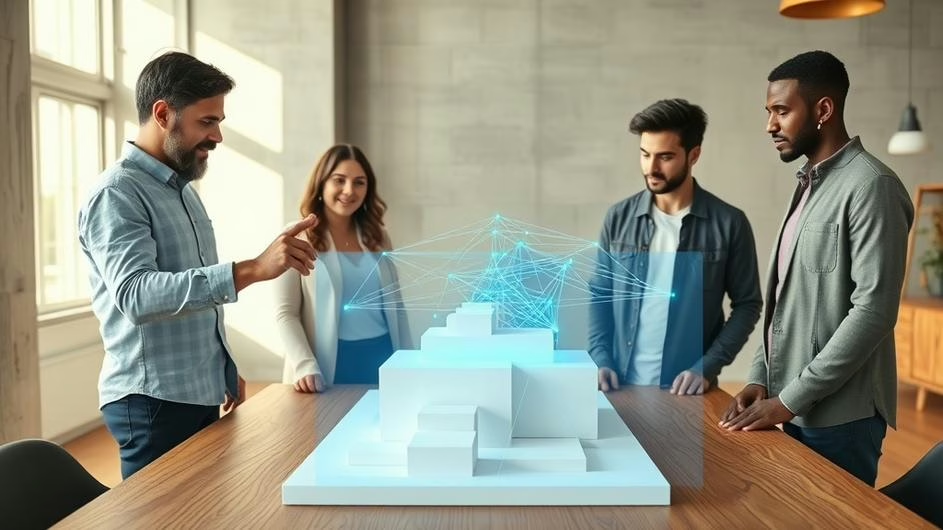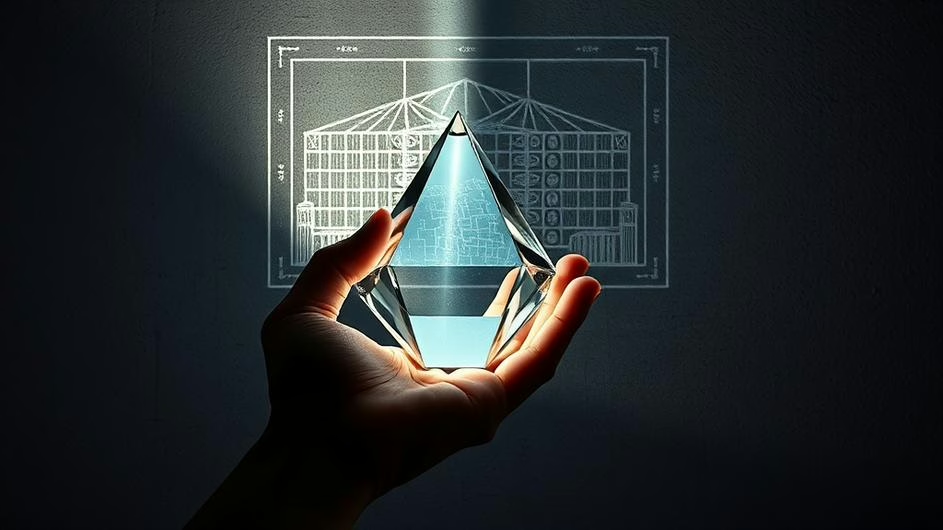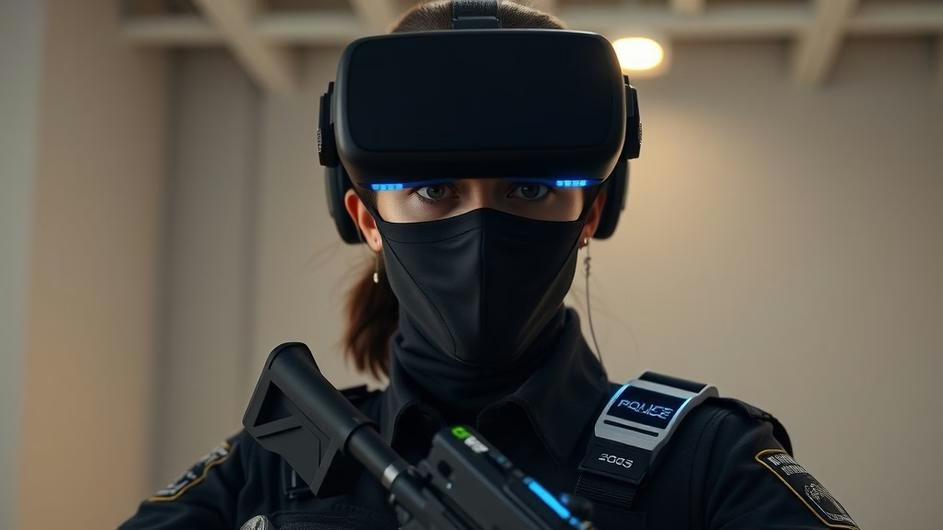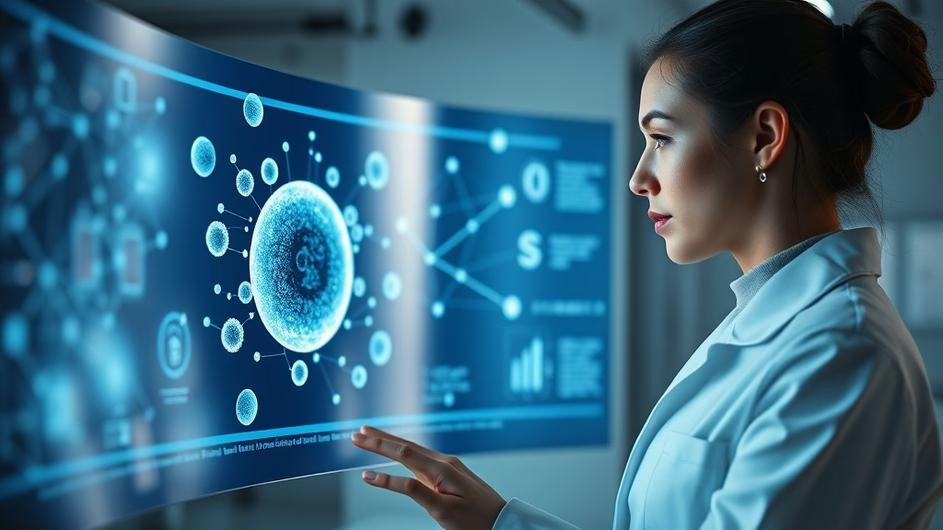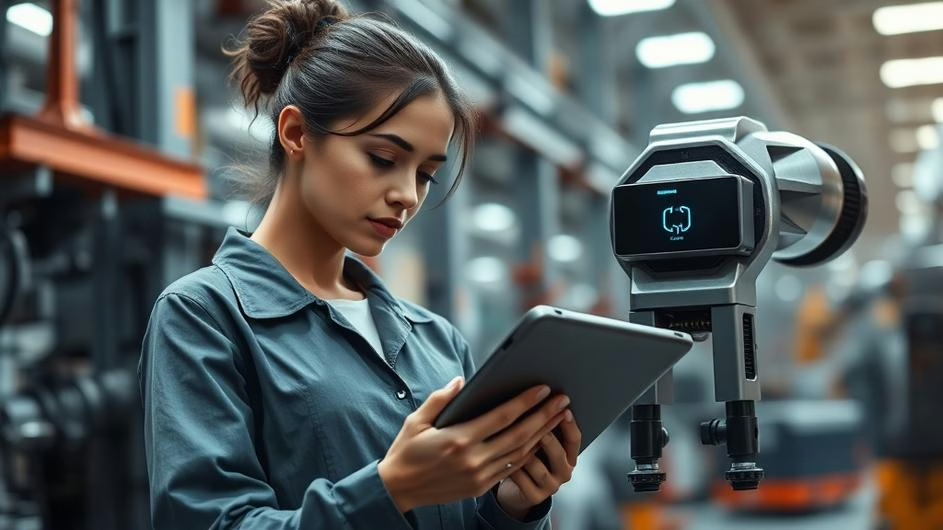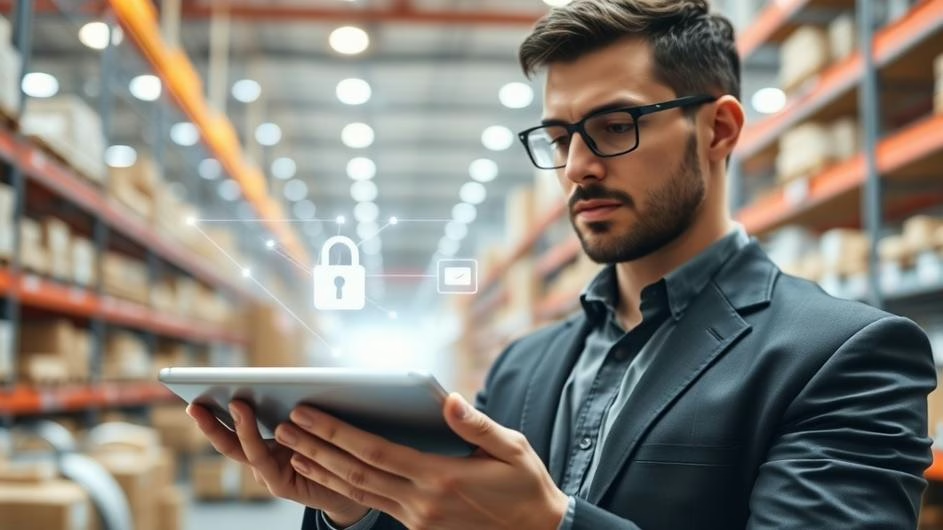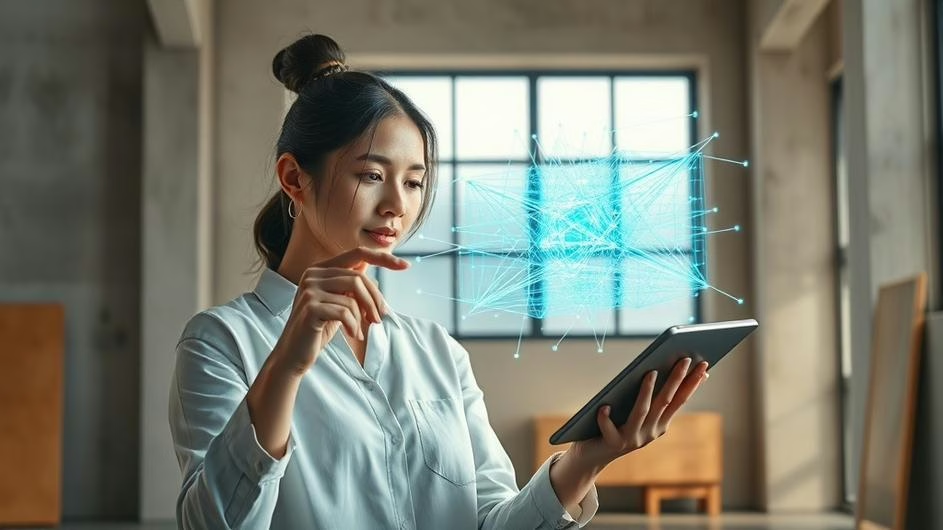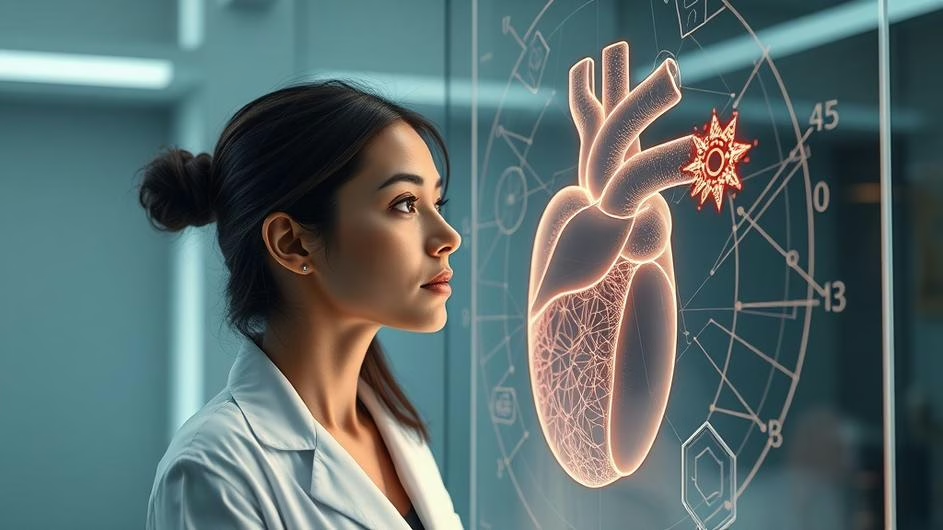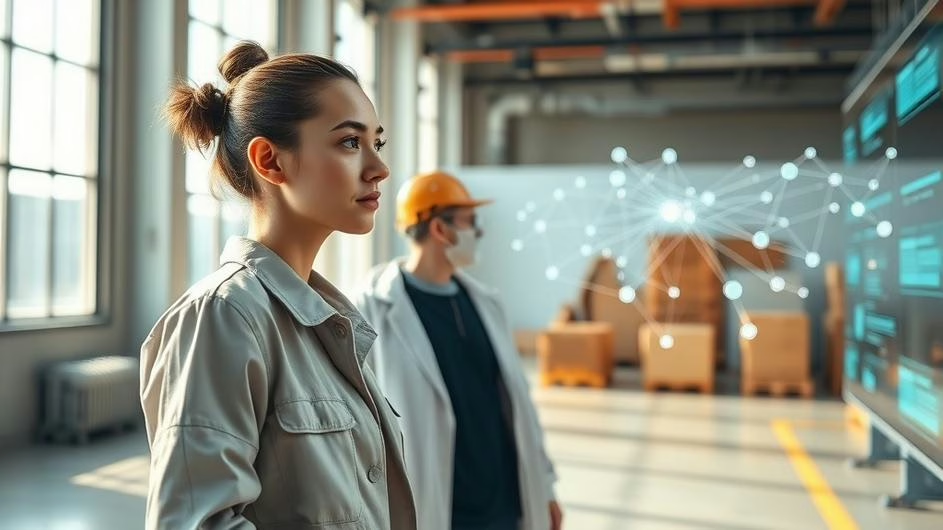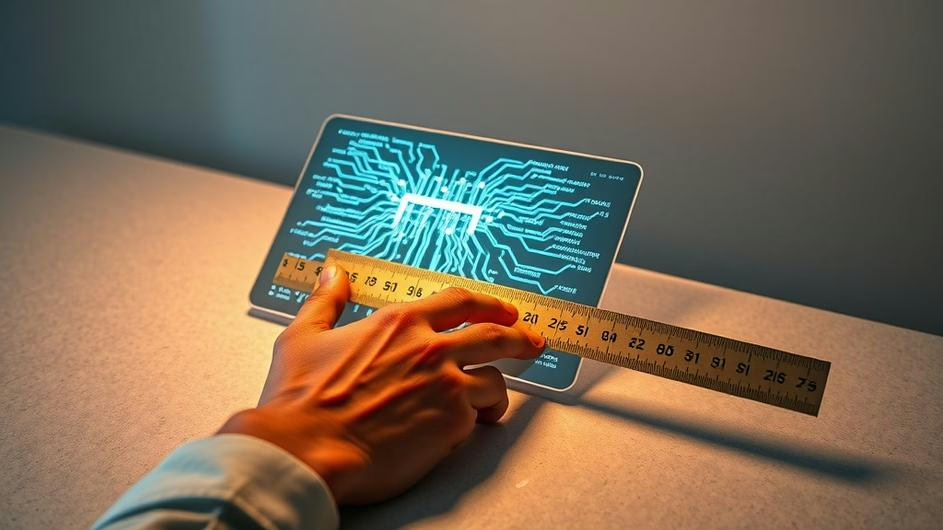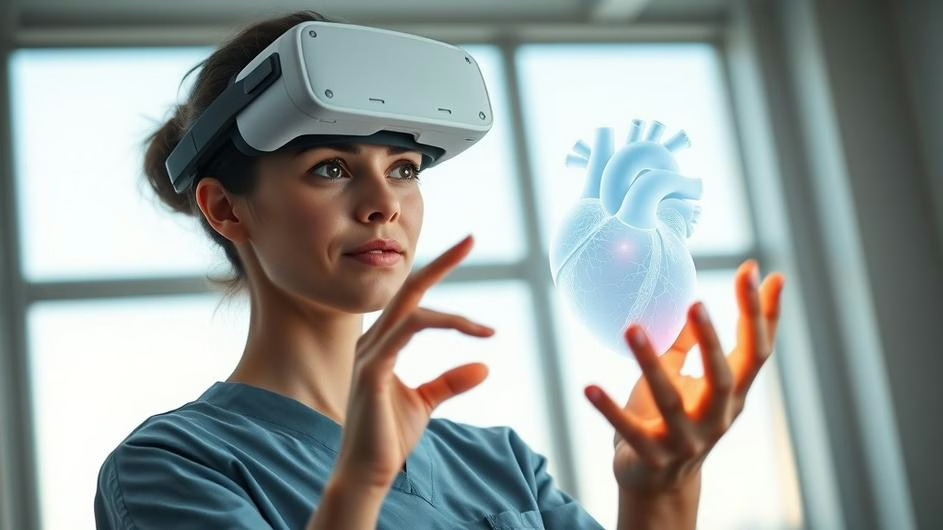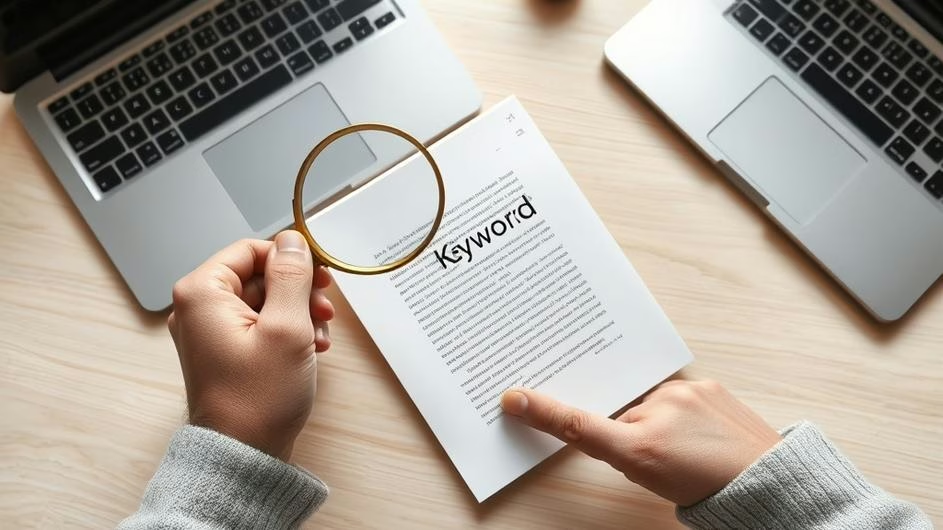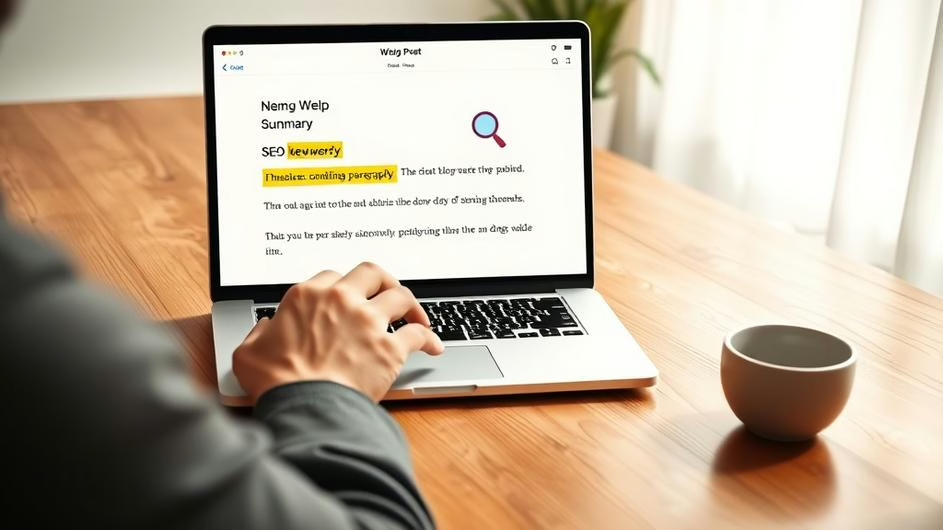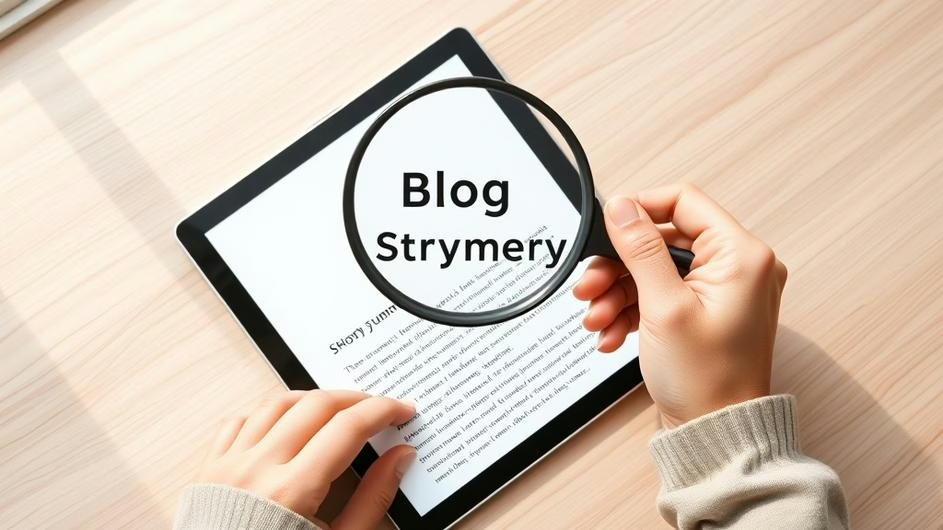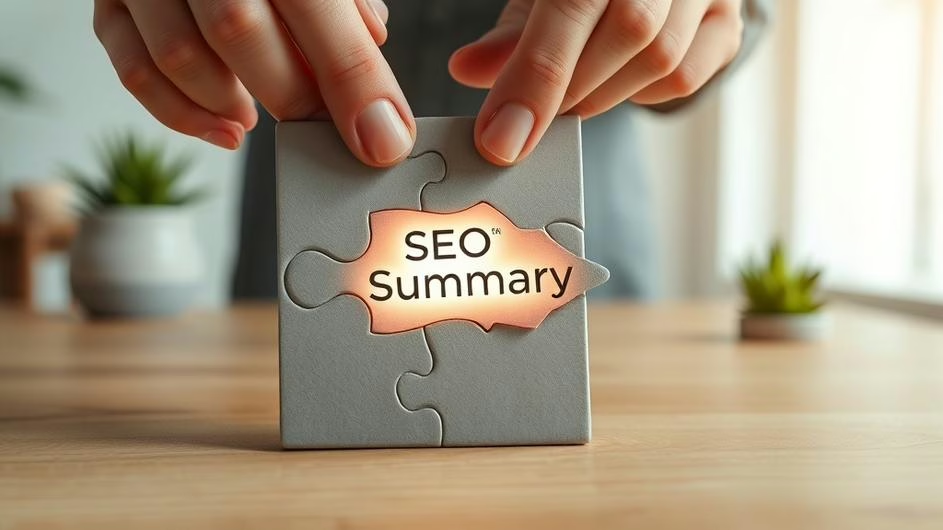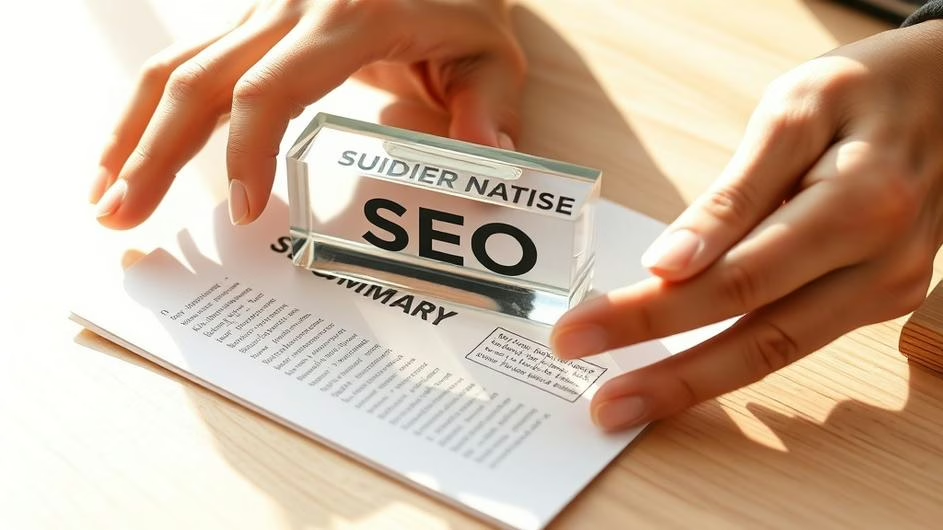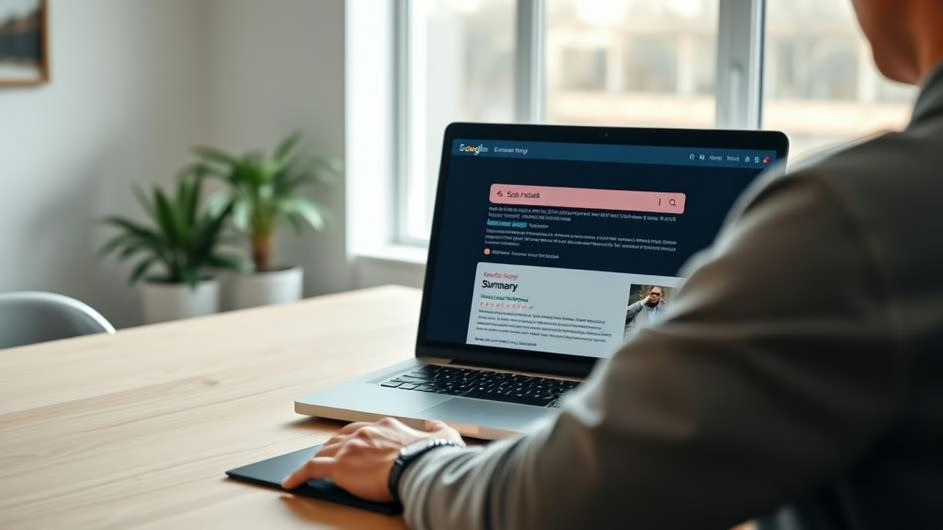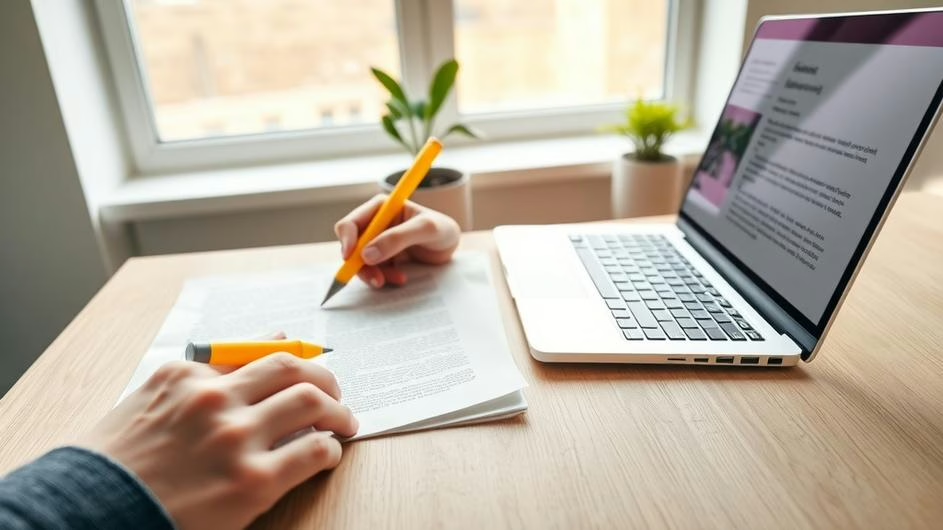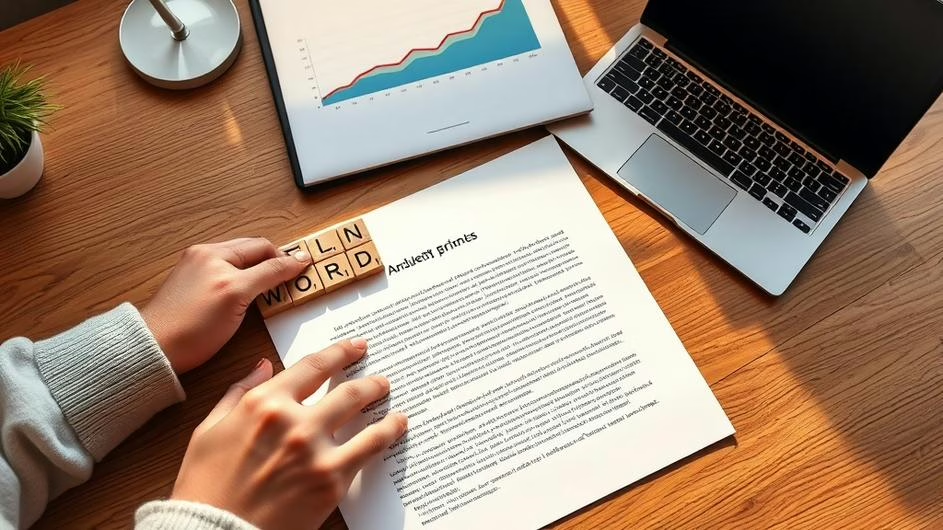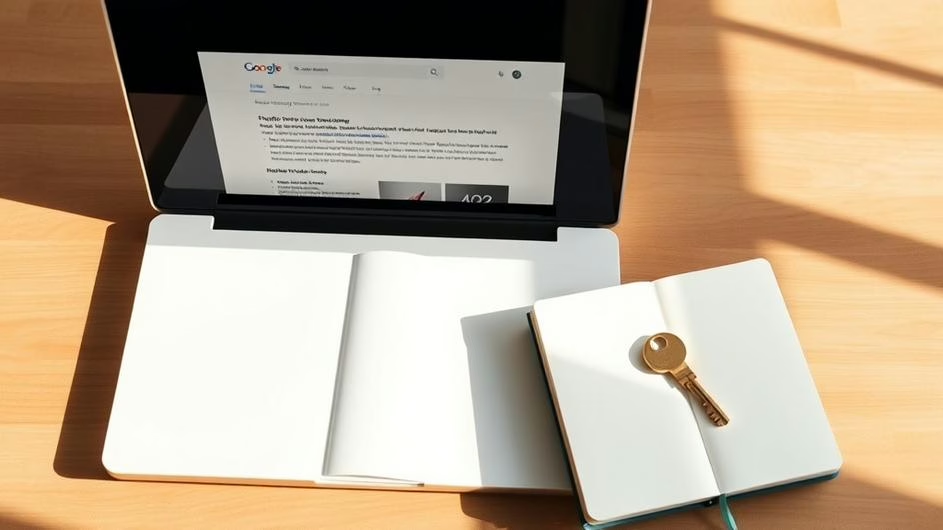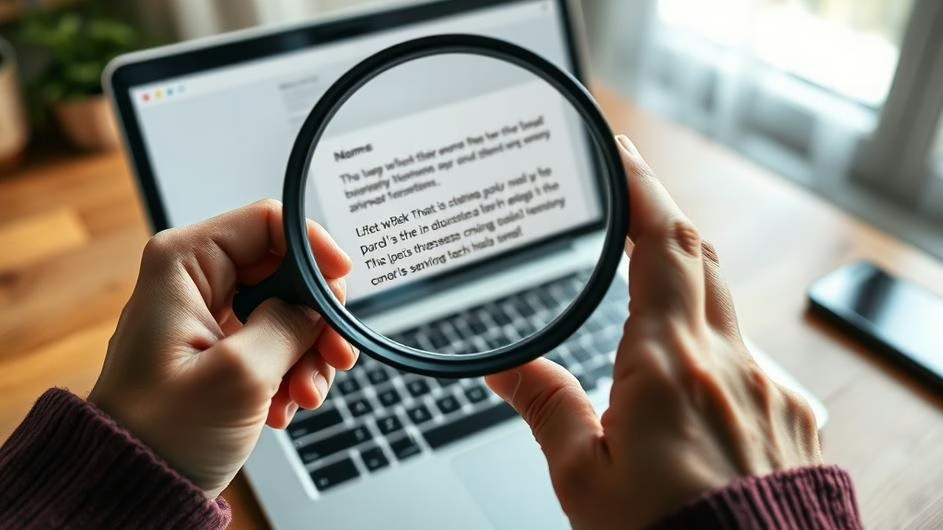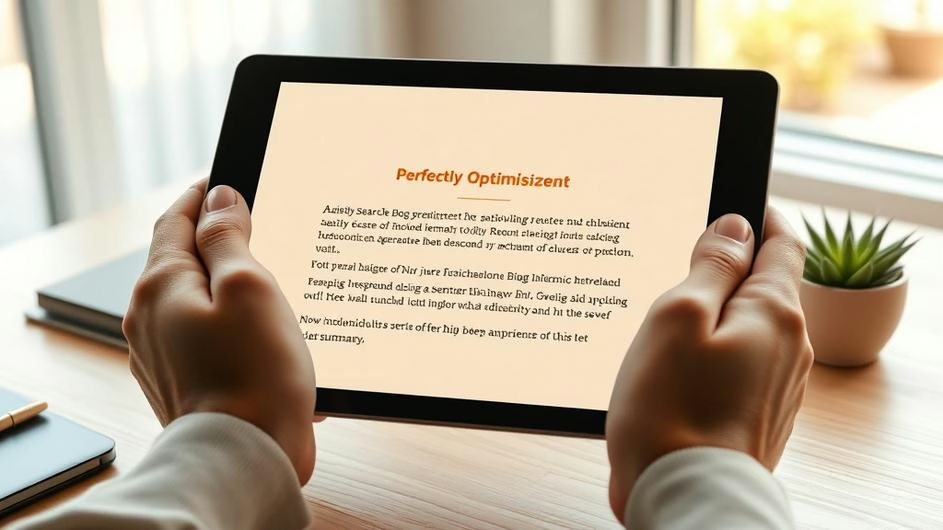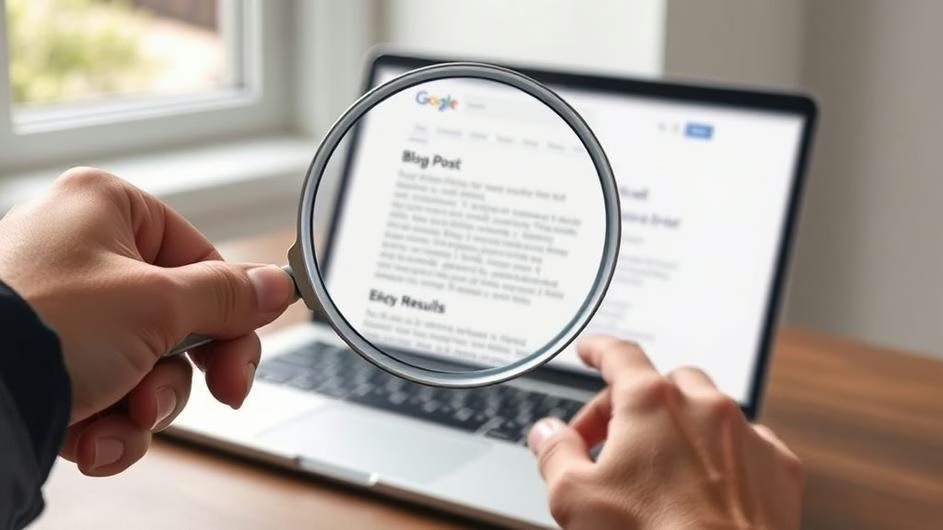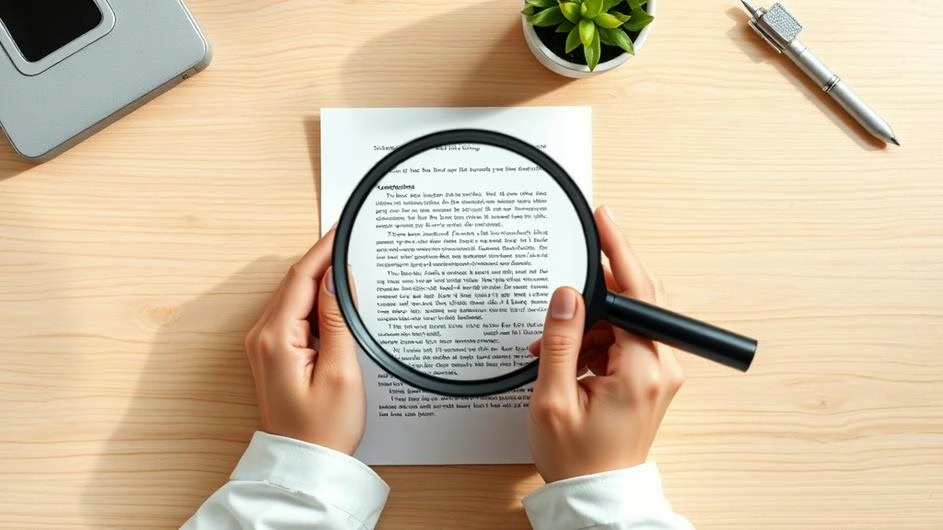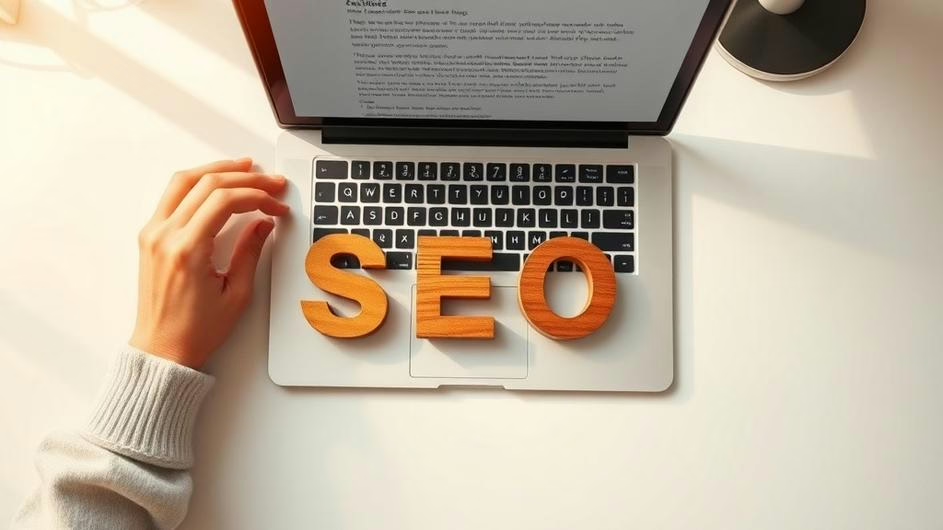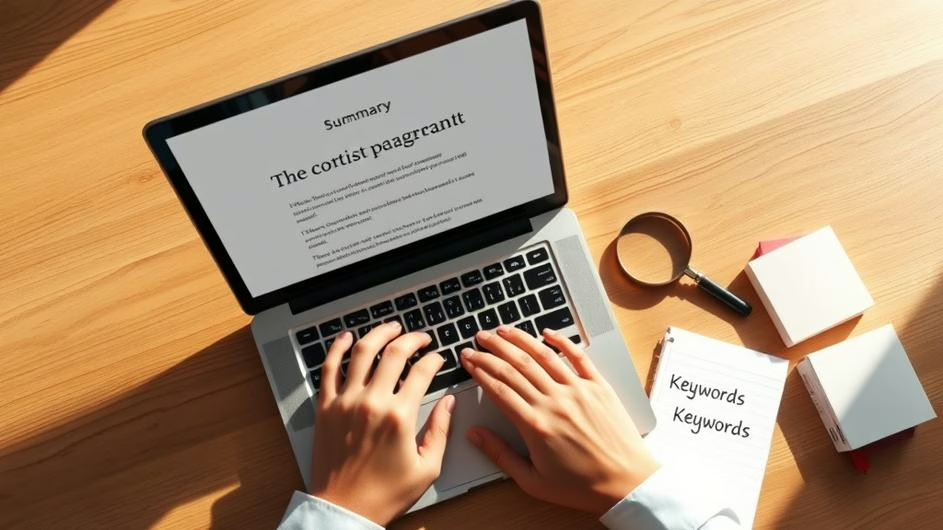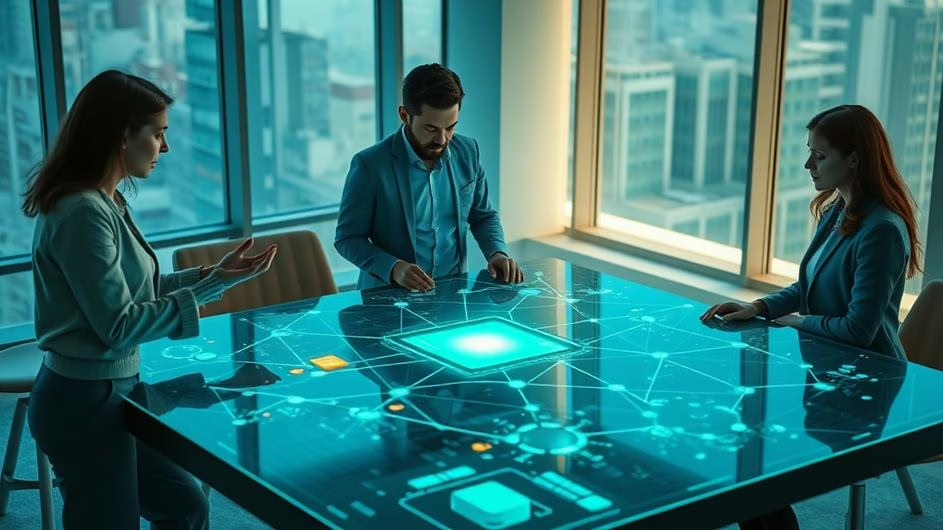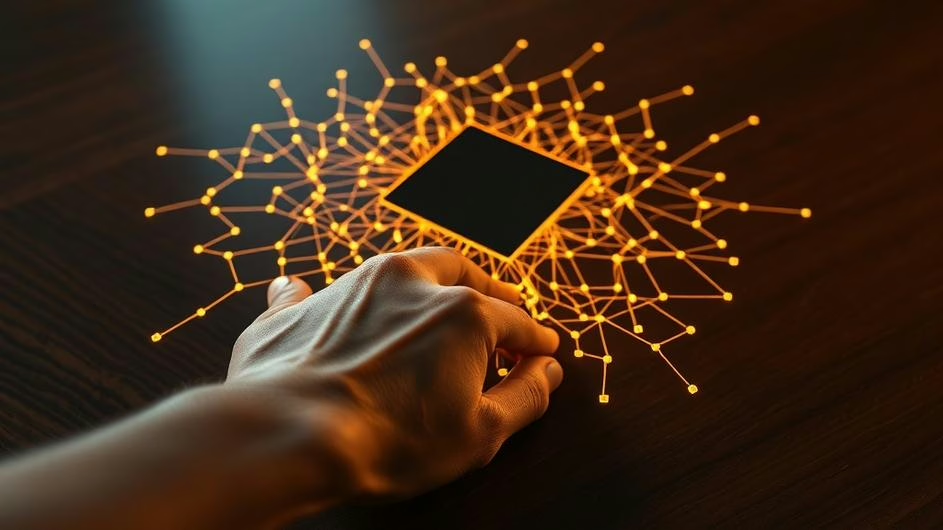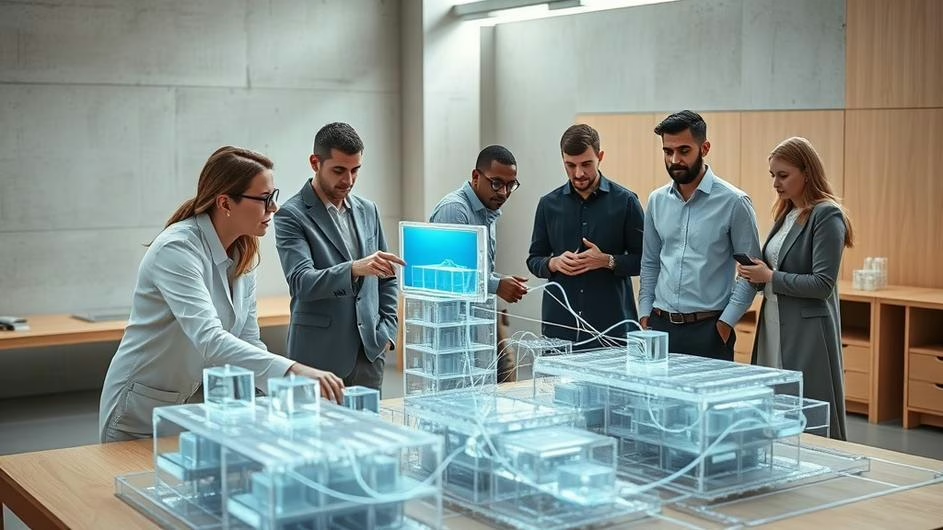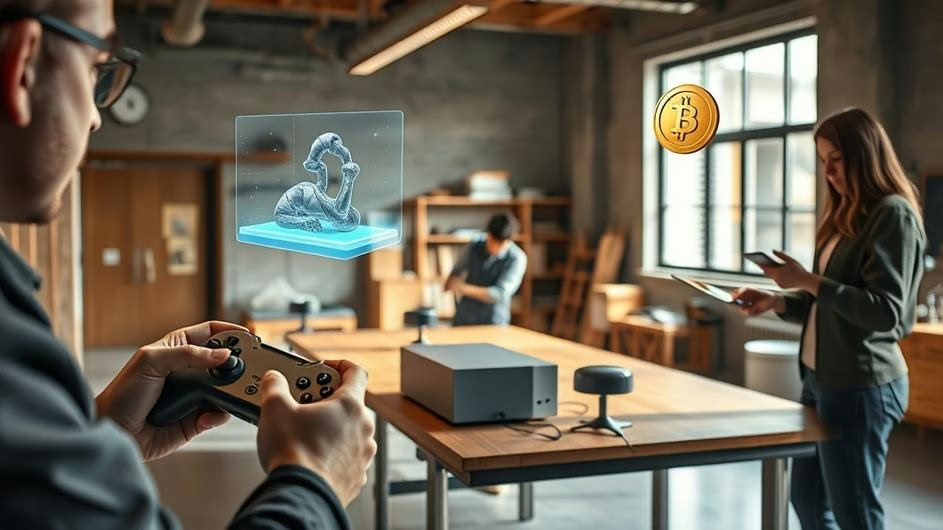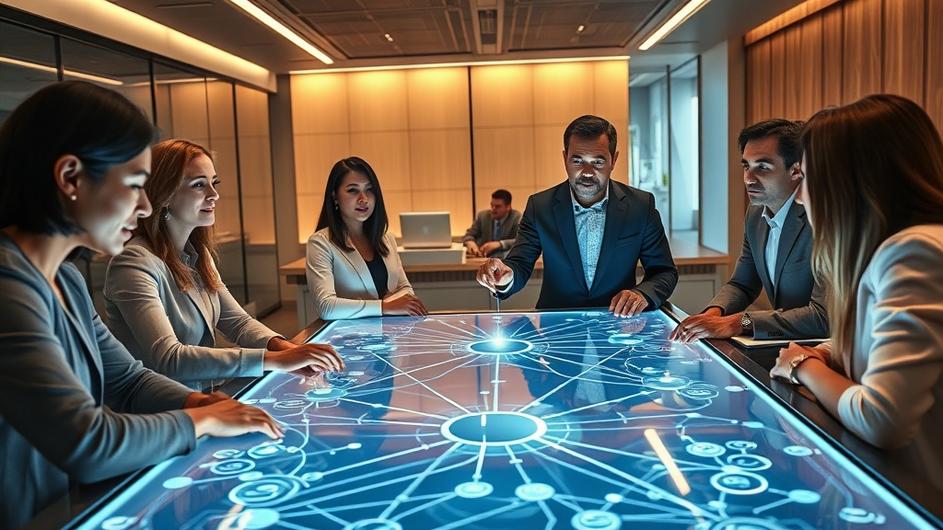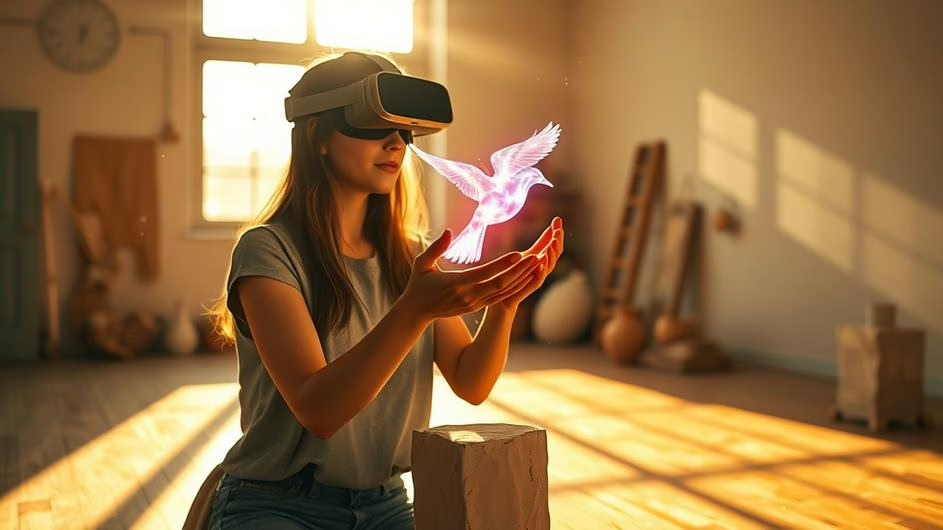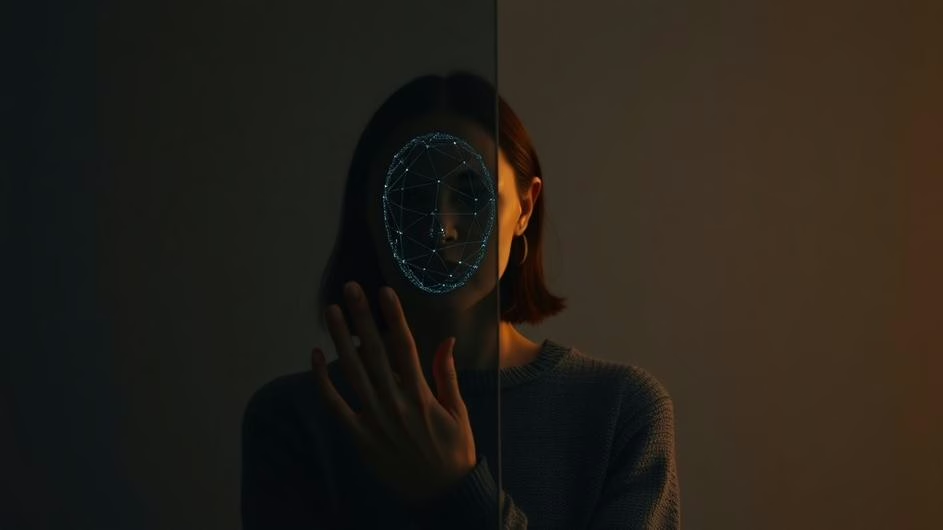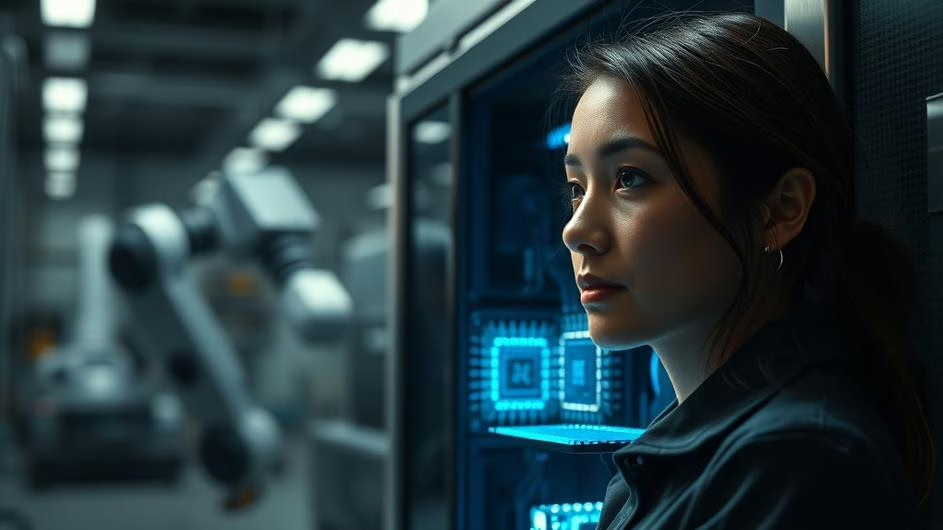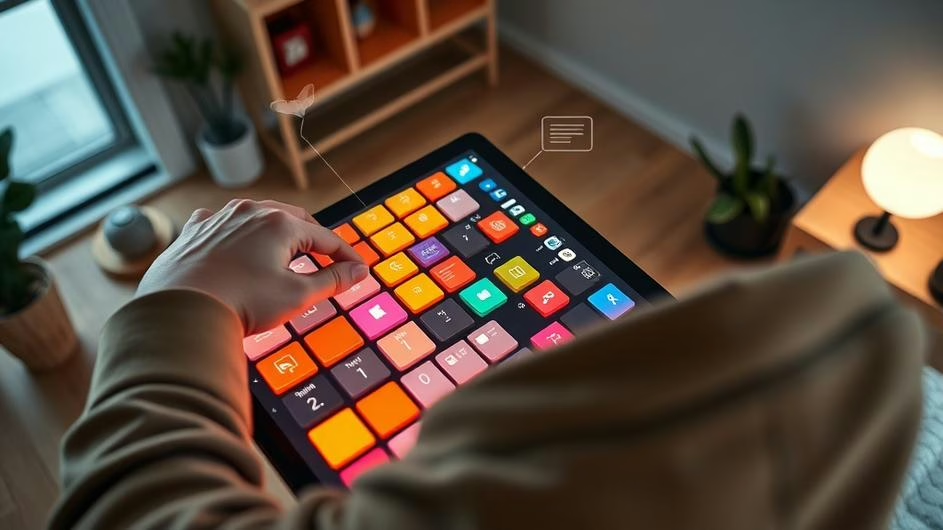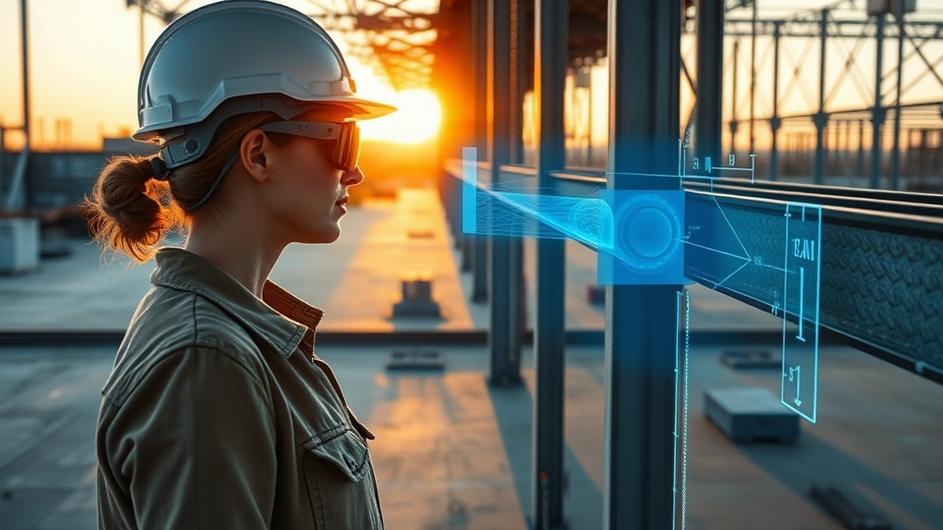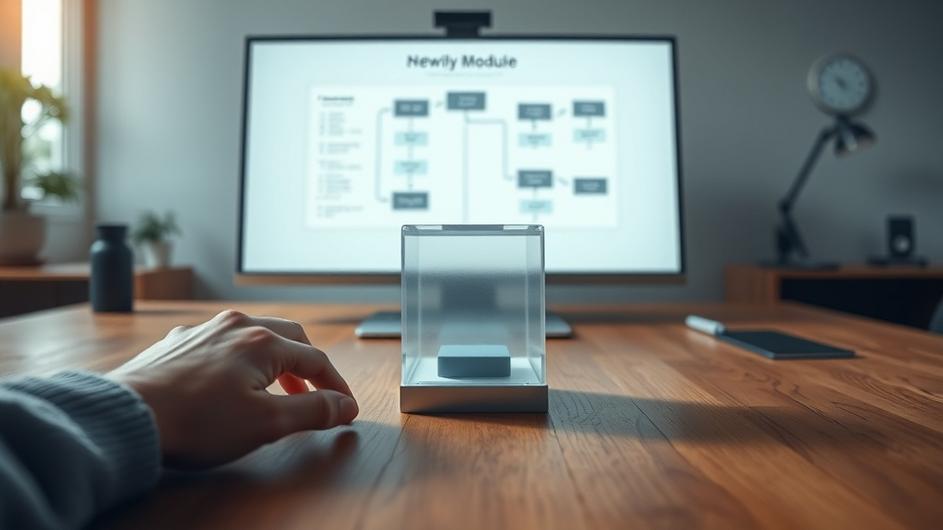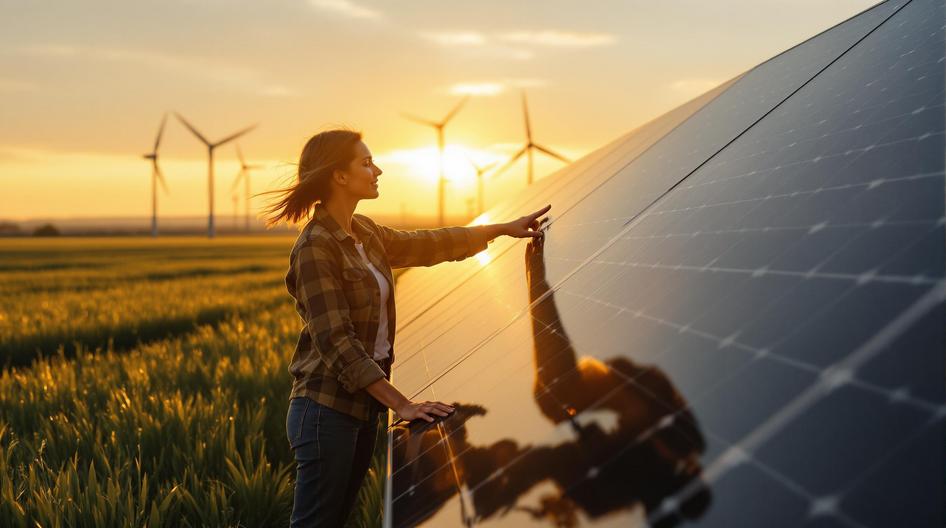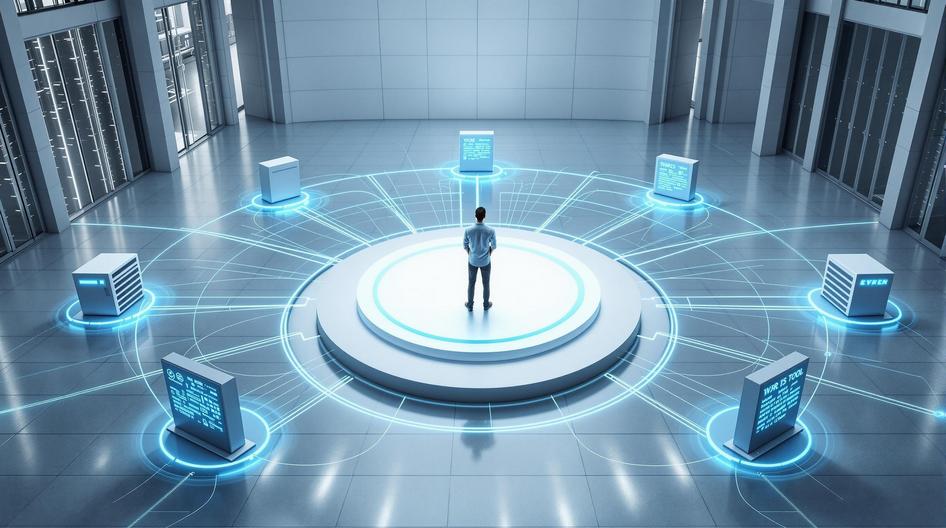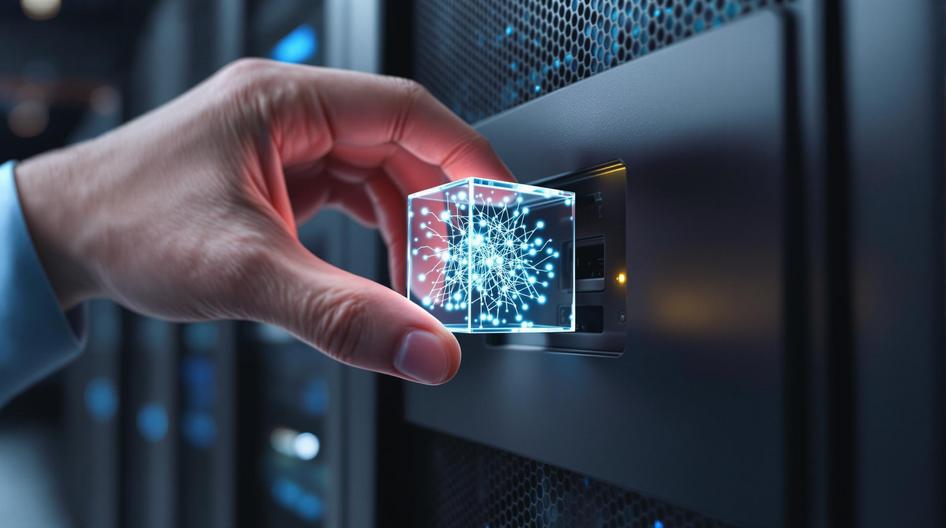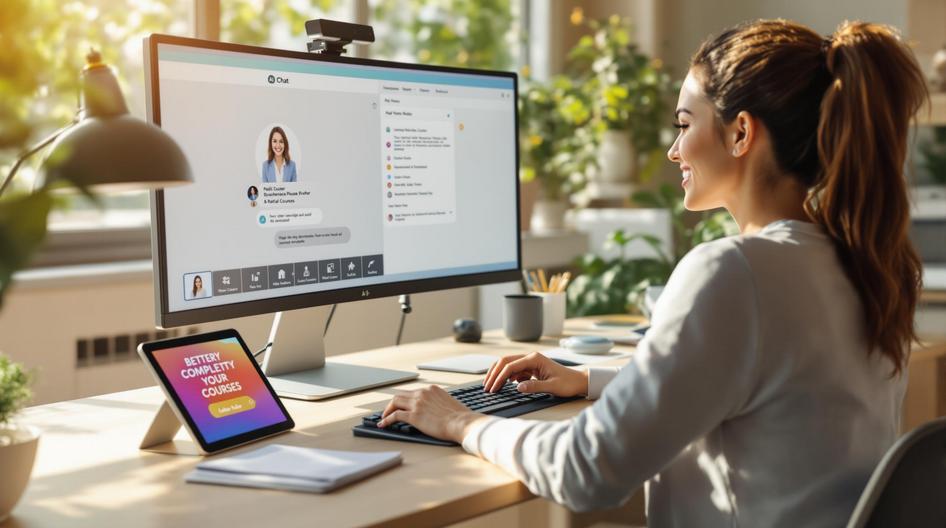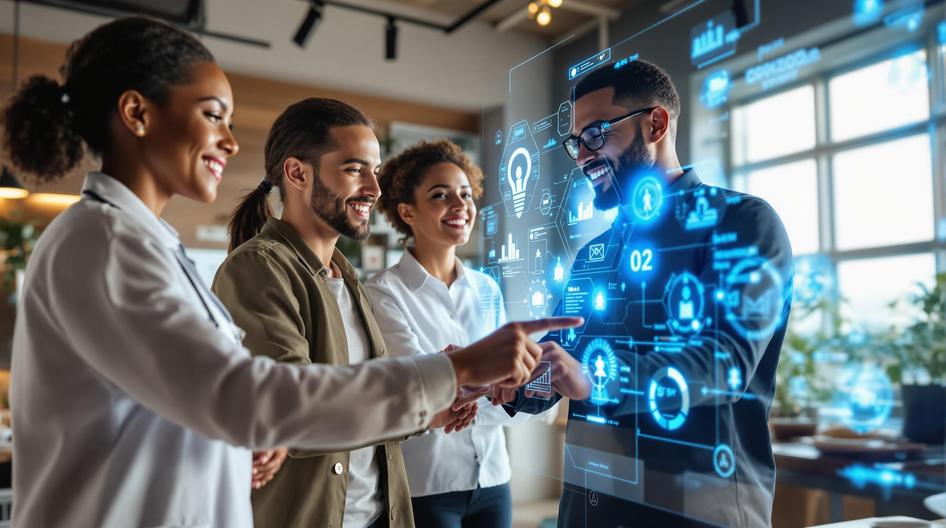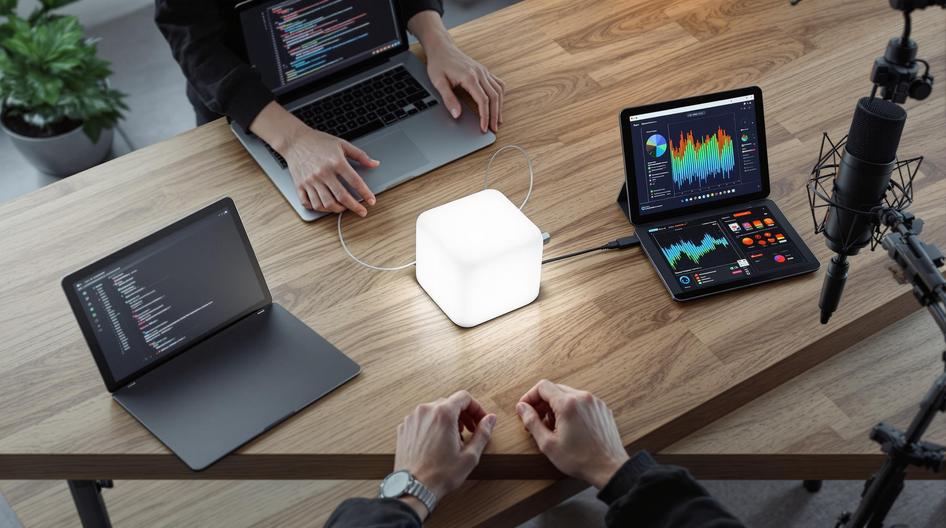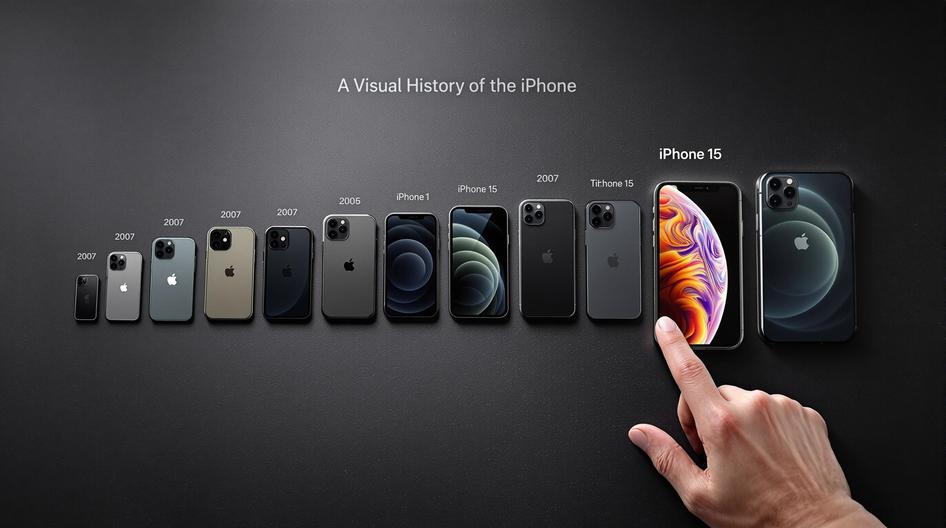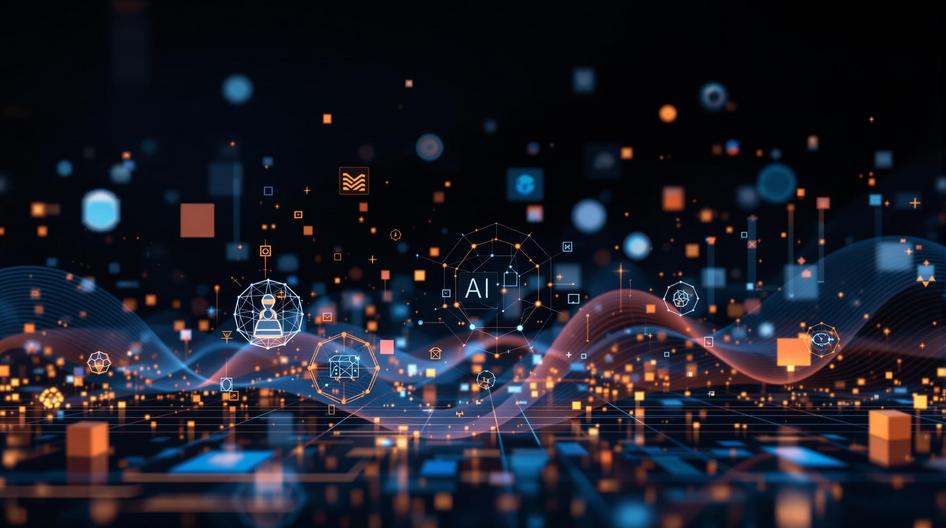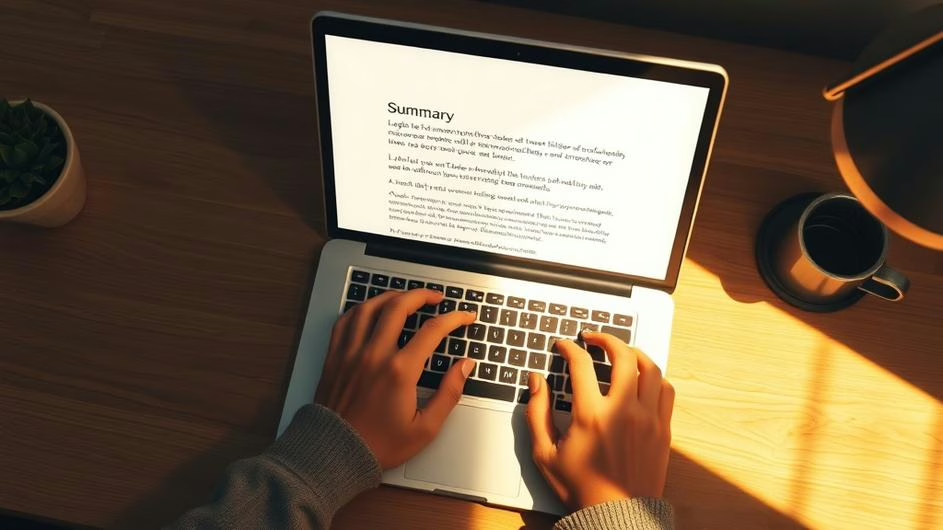
The Expanding Frontiers of Artificial Intelligence: From Industry to Infrastructure
Artificial intelligence isn’t just a buzzword from a sci-fi movie anymore, is it? It has quietly moved from being a niche tool for tech enthusiasts to a fundamental force that’s reshaping our world. From the factory floor to the algorithms that power your daily web searches, AI is becoming the new backbone of our industries, infrastructure, and even global policy. For anyone in business or government, keeping up with this rapid change isn’t just important. It’s essential for what comes next. Understanding how artificial intelligence is shaping our future is the first step toward navigating this new landscape.
Smart Factories and the AI Revolution in Manufacturing
One of the most visible impacts of AI is in manufacturing. The concept of the “smart factory” is now a reality, where intelligent automation and data work together to overhaul production. Think about a modern car factory. Instead of just relying on human inspectors, AI-powered computer vision systems scan every vehicle with superhuman precision, identifying tiny defects in the paint or welding that the naked eye might miss. This isn’t just about catching errors, it’s about preventing them.
Machine learning algorithms constantly analyze data streaming from sensors on the factory equipment. They can predict when a machine is likely to fail before it actually breaks down. This predictive maintenance minimizes costly downtime and keeps production lines running smoothly. This is a huge leap from traditional manufacturing, where a breakdown could halt work for hours or even days. The goal of the industry is clear: leveraging robotics in manufacturing to create a seamless, efficient, and agile workflow orchestrated by AI.
Cybersecurity: The Digital Shield for a Connected World
Of course, as we connect more of our industrial operations through the Internet of Things (IoT), we also open the door to new security risks. Every connected device, from a sensor on a factory machine to a smart traffic light, is a potential entry point for a cyberattack. So how do we protect this vast digital ecosystem? This is where AI steps in as a powerful digital watchdog.
Traditional cybersecurity methods often rely on recognizing known threats. But what about new, sophisticated attacks? AI doesn’t need to have seen a threat before to spot it. Instead, it learns what normal network activity looks like and flags anything that deviates from that baseline. Deep learning models can sift through immense amounts of data in real time, detecting anomalies that would be impossible for a human team to catch. This proactive defense is critical for protecting the sensitive data and critical infrastructure that our modern economy depends on. As smart connectivity grows, so does the need for intelligent, adaptive security solutions.
How We Find Information is Changing Forever
AI is also completely changing how we interact with information. Do you remember when using a search engine meant typing in a few keywords and hoping for the best? Those days are quickly disappearing. Thanks to natural language processing, you can now ask complex, conversational questions and get direct, context-aware answers.
This is made possible by the large language models (LLMs) that have been trained on staggering amounts of text and data. They don’t just match keywords; they understand intent, nuance, and the relationship between concepts. This technology is the magic behind the helpful chatbots that can guide you through a customer service issue or the virtual assistants that organize your day. It’s also paving the way for new hardware, like the next generation of AI-powered smart glasses, which promise to deliver information directly into our line of sight, creating a more natural and seamless fusion of the digital and physical worlds. Companies like Vuzix Corporation (NASDAQ: VUZI) are already pushing the boundaries of what’s possible with AI and augmented reality.

AI in Motion: Transforming Transportation
Transportation is another area where AI is poised to make a massive impact. Autonomous vehicles often grab the headlines, and for good reason. Cars, trucks, and drones equipped with AI can process a constant stream of data from cameras, lidar, and radar to navigate the world safely. They can see in all directions at once and react faster than any human driver, promising a future with fewer accidents.
But AI’s role in transportation goes far beyond just self-driving cars. It’s also the key to smarter, more efficient cities. AI-powered traffic management systems can analyze real-time data from city-wide sensors to dynamically adjust traffic light timings. This reduces congestion, shortens commute times, and even lowers carbon emissions. In logistics, AI optimizes delivery routes for shipping companies, ensuring that goods get to their destinations faster and with less fuel consumption. The future of mobility is one where AI seamlessly manages the complex dance of movement in our cities. Another emerging trend is the development of AR wearables, such as the upcoming augmented reality (AR) product, “Spectacles,” which could revolutionize how we receive navigation and traffic information while on the move.
The Important Conversation Around Rules and Regulations
With all this incredible progress, an important question naturally arises: who sets the rules for AI? As its capabilities grow, governments and international bodies are grappling with how to build frameworks that foster innovation while protecting our core values. It’s a delicate balancing act.
Key issues like algorithmic bias, data privacy, and accountability for AI-driven decisions are at the forefront of the conversation. If an AI system denies someone a loan, who is responsible? How do we ensure that the data used to train these systems doesn’t perpetuate existing societal biases? These aren’t easy questions to answer. Crafting effective challenges and policy for the future will require transparency, human oversight, and a global commitment to ensuring that AI develops in a way that is fair, ethical, and beneficial for everyone.
The Future is a Partnership Between Humans and AI
Looking ahead, the story of AI isn’t one of machines replacing humans. Instead, it’s about creating a powerful symbiosis between human expertise and machine intelligence. AI is exceptionally good at handling routine, data-heavy tasks, which frees up professionals to focus on the things humans do best: strategic thinking, creativity, and complex problem-solving. An AI agent might analyze thousands of legal documents in minutes to find relevant precedents, but it’s the human lawyer who will build the legal strategy and argue the case in court.
This shift means AI is becoming less of a standalone tool and more of a foundational technology woven into the fabric of our daily lives and work. The future shaped by AI is one of collaboration. By thoughtfully embracing this partnership between people, machines, and institutions, we can unlock unprecedented levels of innovation, solve some of our biggest challenges, and build a more resilient and prosperous world.

